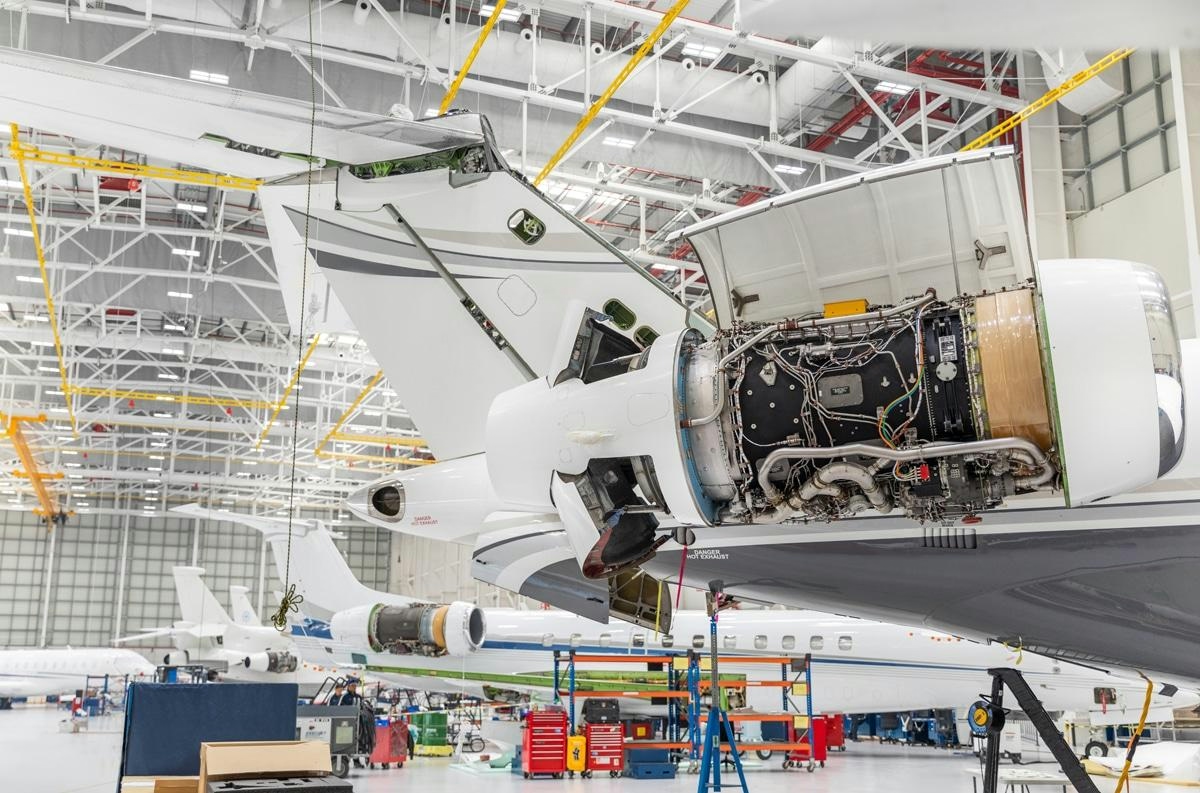
بريد إلكتروني أذكى، وأعمال أسرع. وسم وتحليل والرد تلقائيًا على طلبات العروض، وعروض الأسعار، والطلبات، والمزيد — فورًا.
الرائج الآن
Categories
VoltAero to Open Cassio Aircraft Assembly and Innovation Center in Malaysia
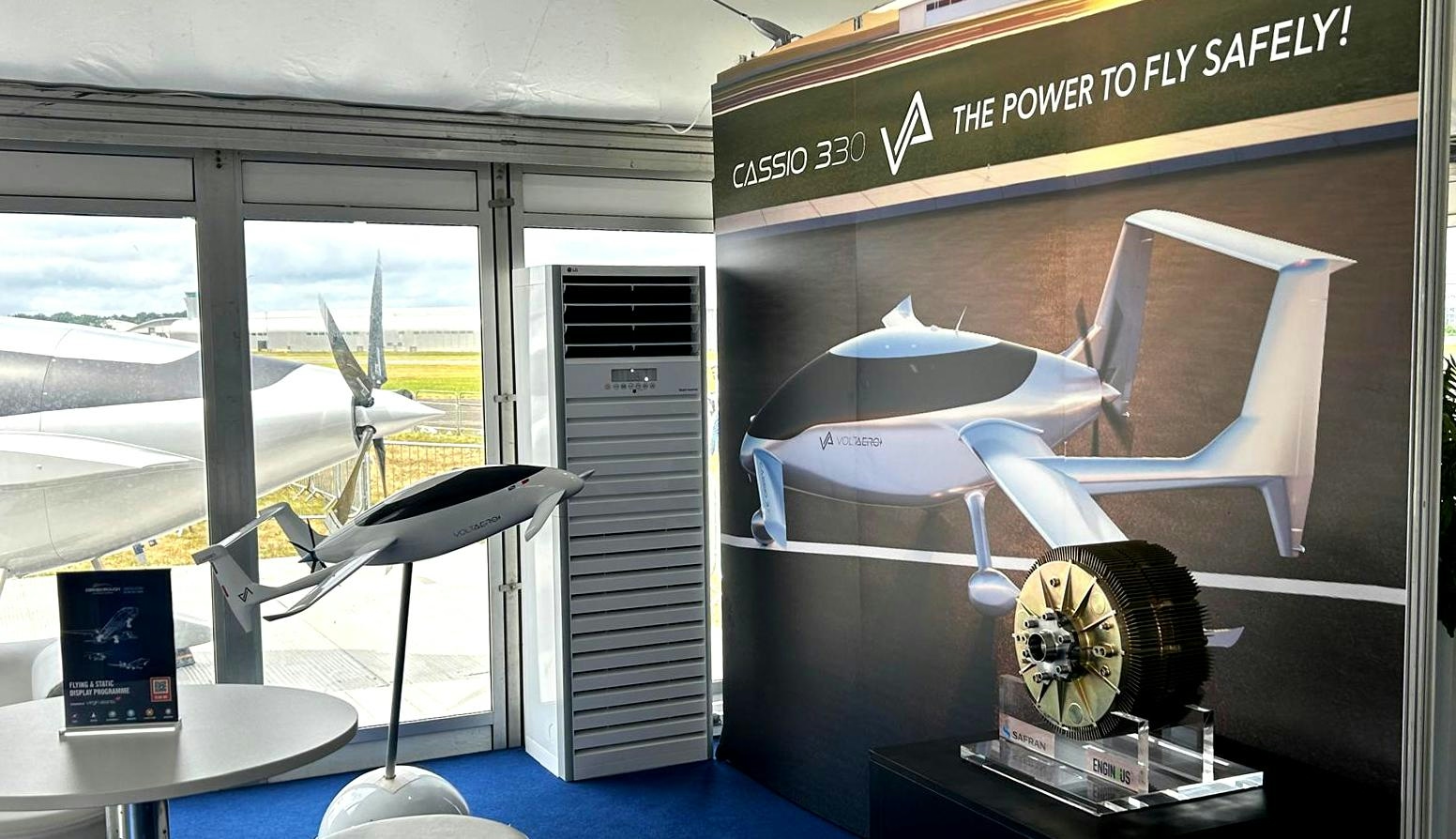
VoltAero to Establish Cassio Aircraft Assembly and Innovation Center in Malaysia
VoltAero, the French innovator behind the electric-hybrid Cassio aircraft family, has formalized plans to open a regional assembly and innovation center in Sarawak, Malaysia. This development follows the signing of a letter of intent (LOI) with Malaysia’s SEDC Energy (SEDCE) and France’s ACI Groupe, marking a strategic move to strengthen VoltAero’s footprint in the Asia-Pacific region and accelerate the advancement of clean aviation technologies.
Strategic Partnership and Regional Expansion
The LOI outlines a partnership in which SEDCE and ACI Groupe intend to acquire equity stakes in VoltAero, positioning themselves as strategic investors. This collaboration aims to support the development and deployment of sustainable aviation solutions throughout Asia-Pacific. Central to the agreement is the establishment of a state-of-the-art assembly facility in Sarawak dedicated to VoltAero’s Cassio aircraft, which feature electric-hybrid propulsion systems designed to offer quieter, more efficient, and environmentally friendly regional air transport.
Beyond manufacturing, the center will function as a hub for pilot training and technology transfer. Local technicians and engineers will receive comprehensive training both in France and Malaysia, fostering the development of regional expertise. The partnership also includes plans for a pilot training academy equipped with flight simulators, as well as the creation of local maintenance, repair, and overhaul (MRO) capabilities tailored to electric aircraft.
Advancing Sustainable Aviation in Asia-Pacific
The collaboration extends to the development of local supply chains, with ACI Groupe spearheading early-stage efforts to build manufacturing and distribution networks for the Cassio aircraft across the Asia-Pacific market. The SEDCE-ACI Groupe joint venture will manage these operations, including final assembly and delivery. Additionally, the partners plan to deploy mobile charging solutions at regional airports and conduct demonstration flights to raise awareness of electric-hybrid aviation technologies.
Joint research and development initiatives will focus on hydrogen propulsion and sustainable aviation fuels (SAF), including biofuels, in cooperation with strategic partners. These efforts underscore VoltAero’s commitment to pioneering environmentally responsible aviation solutions tailored to regional needs.
The Cassio Aircraft Family and Market Prospects
VoltAero’s Cassio lineup is designed to serve diverse applications such as regional commercial flights, air taxi and charter services, private ownership, cargo and postal delivery, as well as medical evacuation. The family includes the five-seat Cassio 330, the six-seat Cassio 480, and the larger 10-12-seat Cassio 600 models.
Market reception to VoltAero’s expansion has been encouraging. Malaysian flight school HM Aerospace recently placed an order for 15 Cassio 330 aircraft, while VoltAero secured a substantial contract for 30 hybrid vertical takeoff and landing (VTOL) aircraft. These orders reflect growing confidence in VoltAero’s technology and its potential to influence the future landscape of regional aviation.
Challenges and Outlook
Despite the promising outlook, the initiative faces significant challenges. Establishing the assembly and innovation center will require considerable investment, and VoltAero must navigate complex regulatory frameworks in both Malaysia and Europe. Furthermore, the hybrid-electric aircraft sector is becoming increasingly competitive, with rival manufacturers intensifying efforts to capture market share as VoltAero advances its production and introduces new designs.
Nonetheless, VoltAero’s CEO and CTO, Jean Botti, expressed optimism about the venture, stating, “Establishing a regional hub in Malaysia allows us to expand our production capacity, deliver on regional demand, and transfer technology and skills to a key part of the world that is embracing sustainable aviation.”

Drones Could Start Home Deliveries in Kigali by Next Year
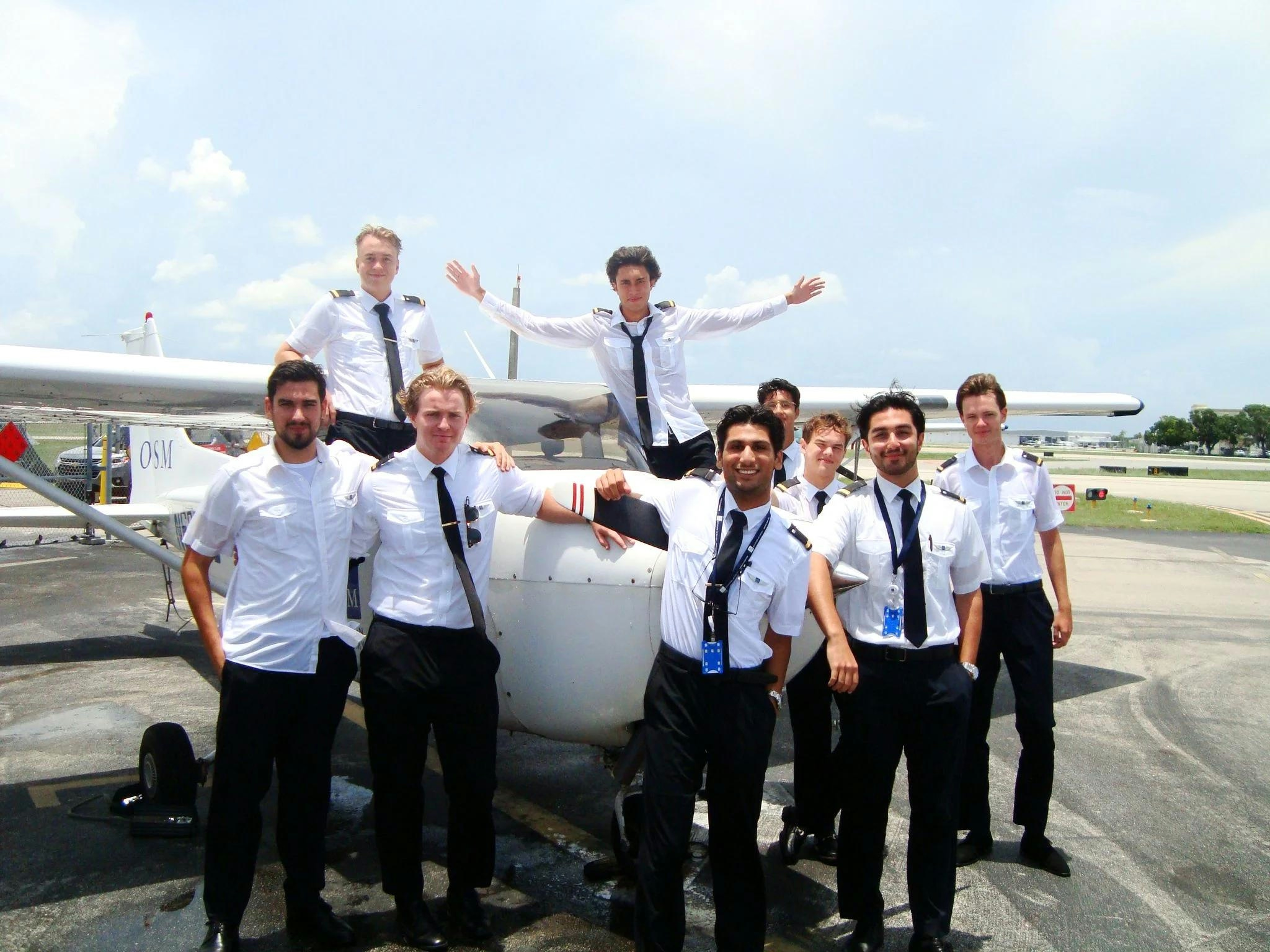
FlightLogger Expands North American Reach with OSM Aviation Academy Partnership

Putin Urges Russian Aerospace Sector to Develop Rocket Engines
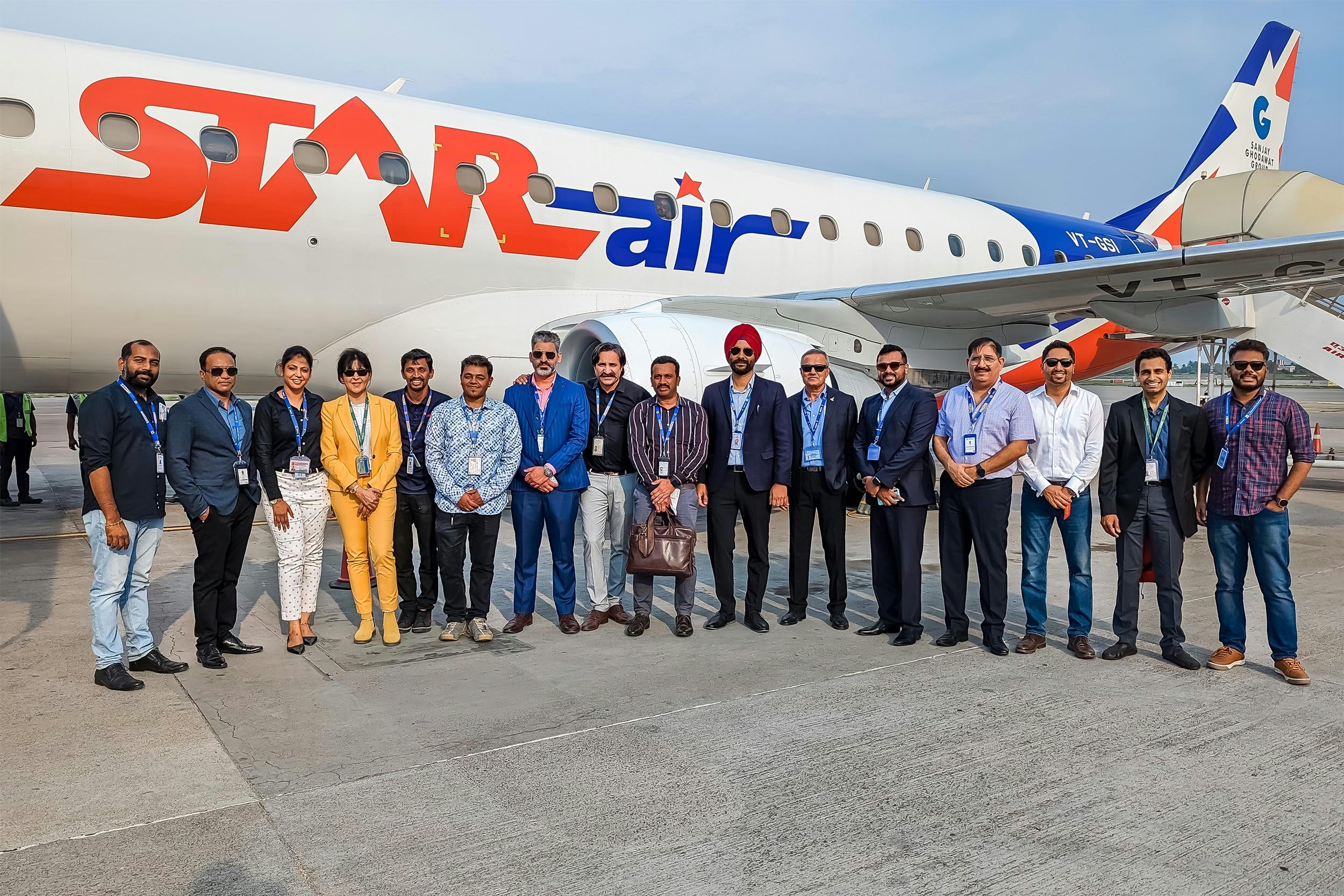
Star Air and HAL to Establish MRO Facility for Embraer Aircraft in India
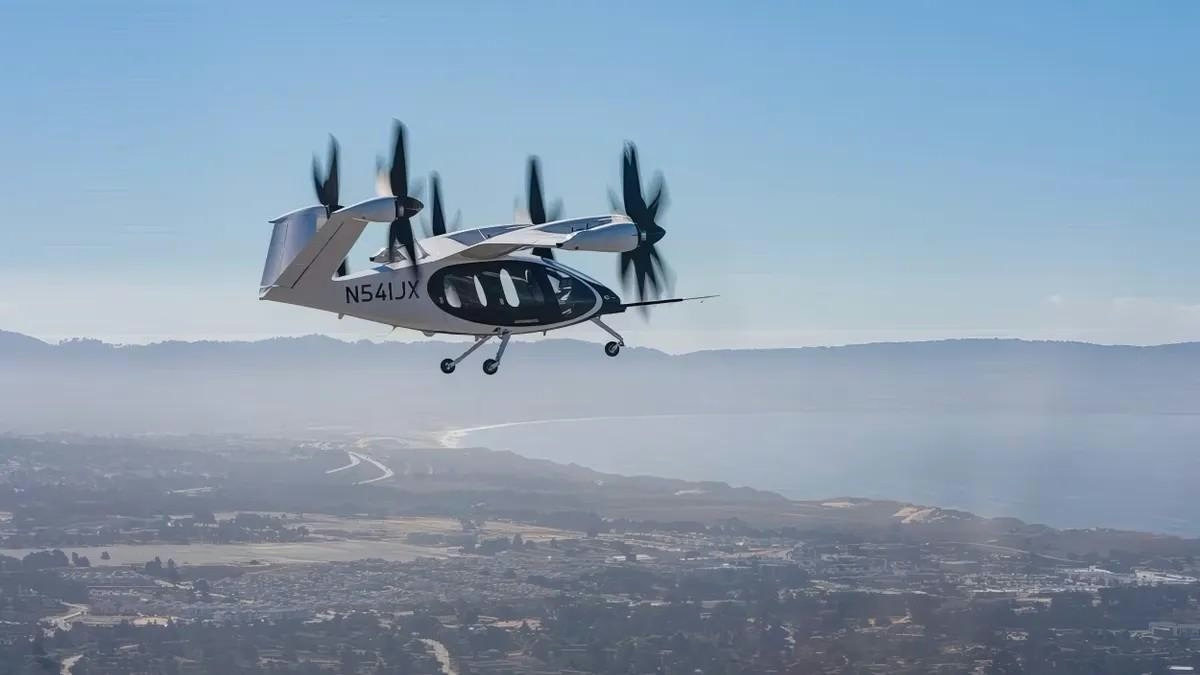
ANA and Joby Aviation Demonstrate eVTOL Flights at Expo 2025 Osaka
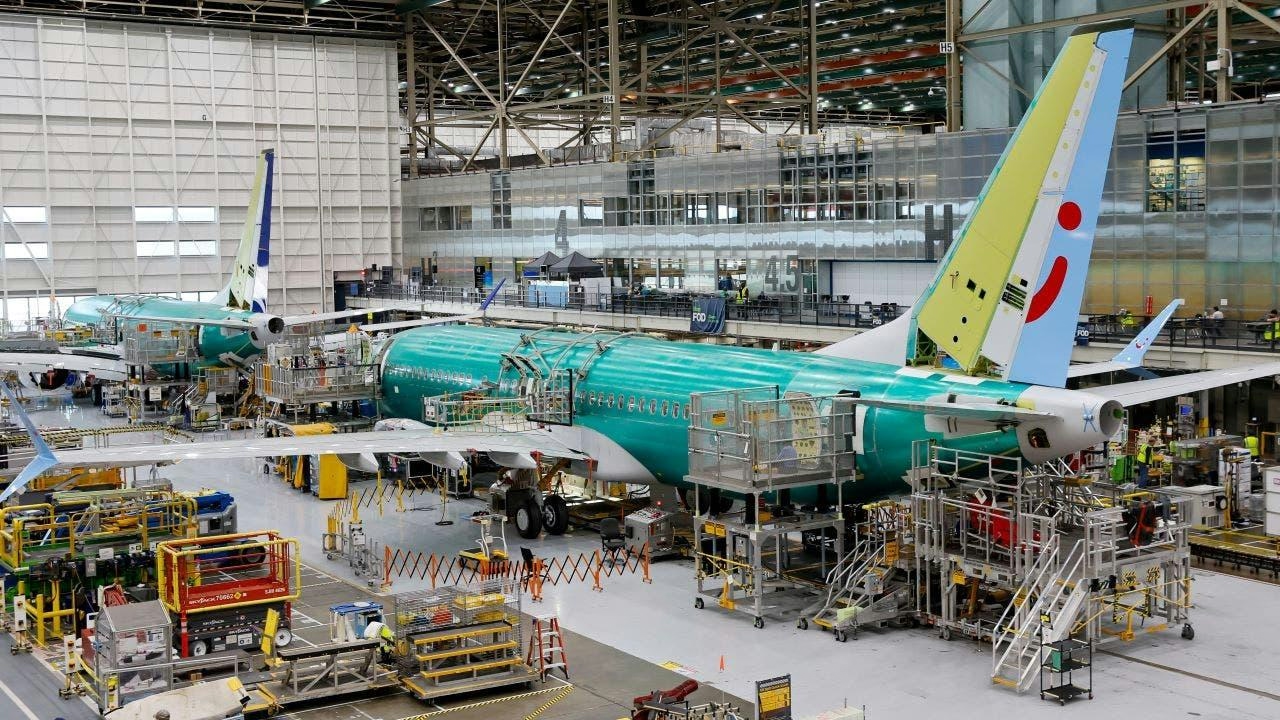
Airlines Confront Rising Labor Costs Amid Growing Use of AI

Congressional Mandates Shape Aviation Safety and Defense Technology

Duncan Aviation Updates GL-5000 System
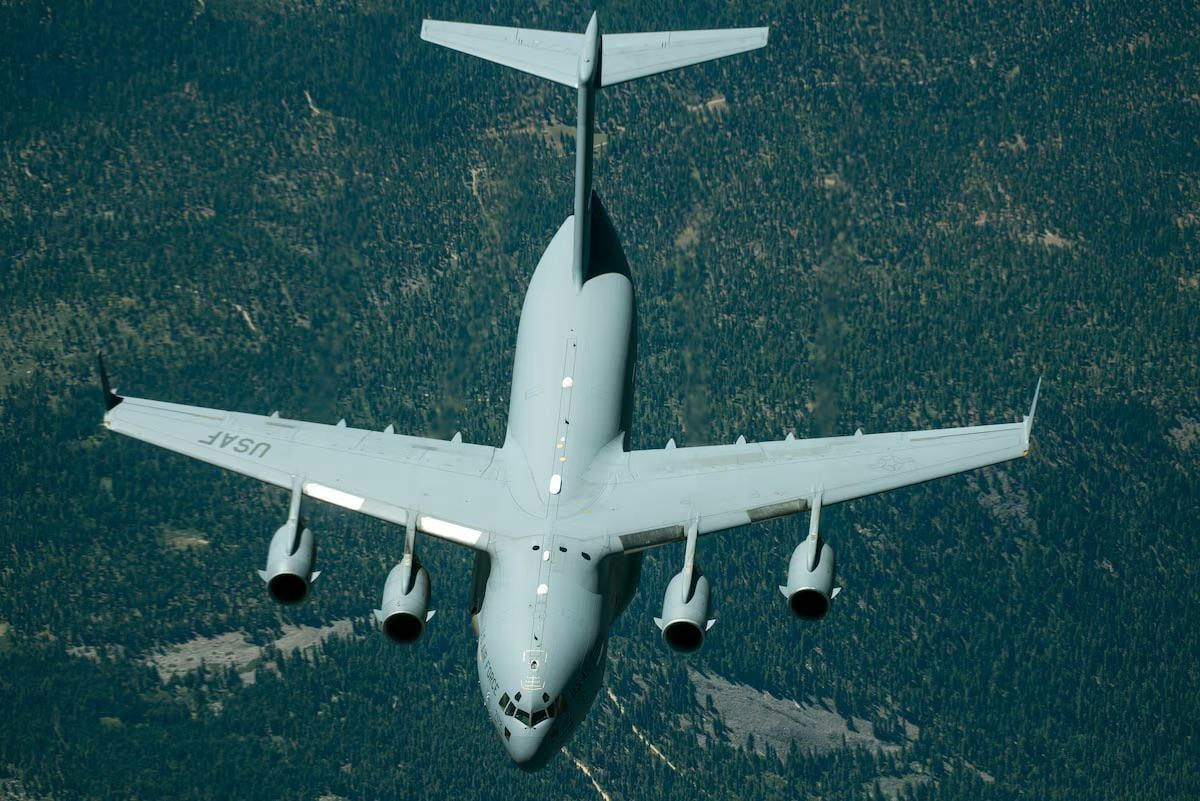
Why the C-17 Globemaster Was Designed with Four Engines
